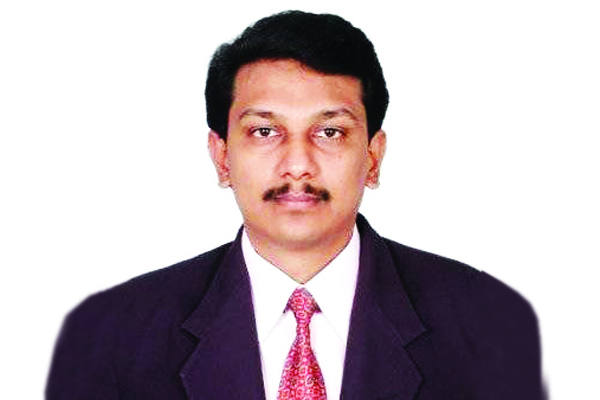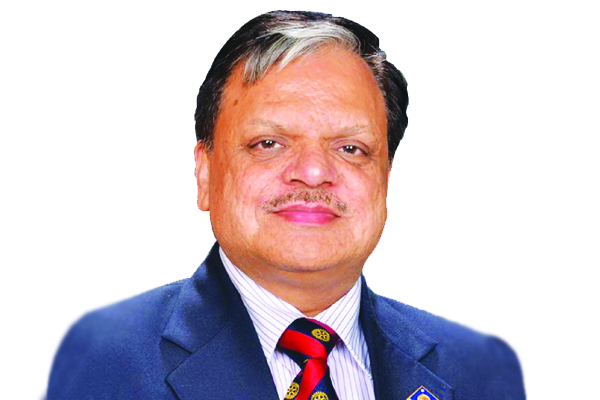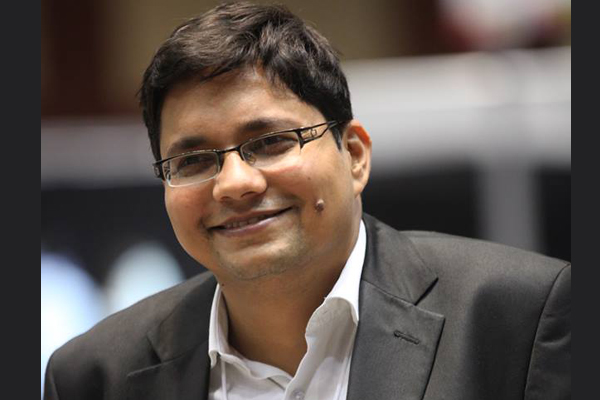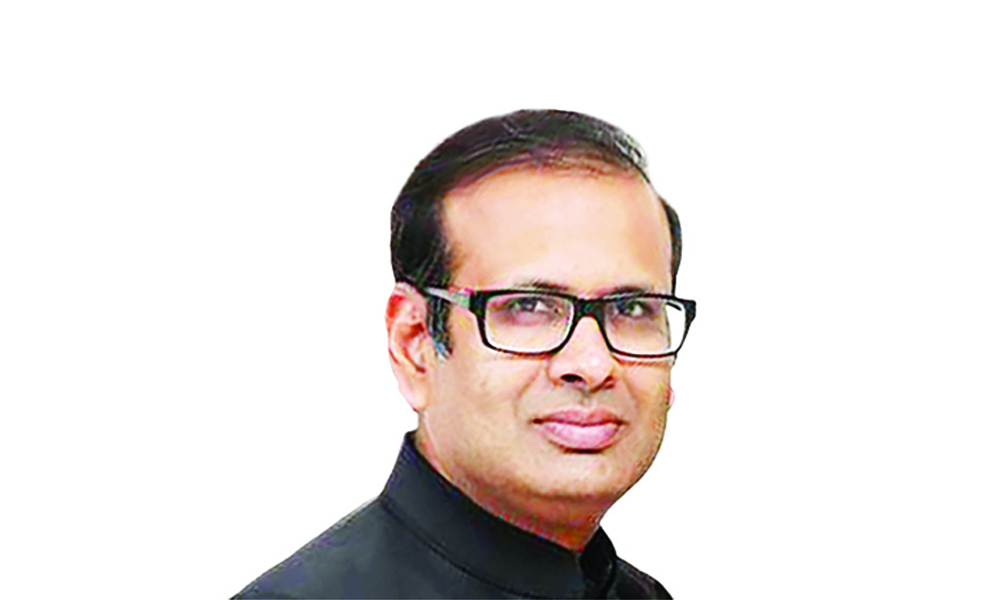
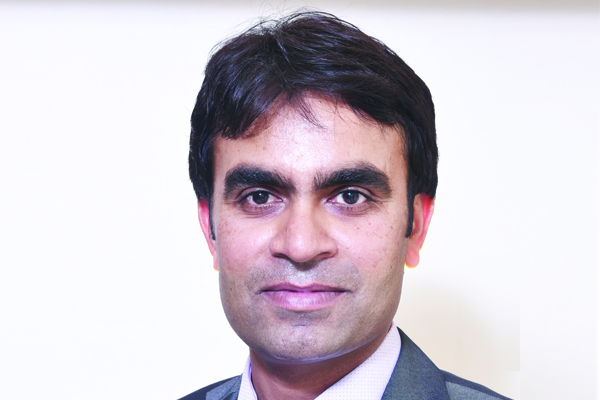
National Professional Officer, Universal Health Coverage, WHO
For decades, launching new policies and programmes, and enactment of legislations seem to have been a characteristic of Indian health sector. The policies and/ or regulations are necessary but not sufficient to bring a ch ange in health outcomes, writes Dr Chandrakant Lahariya, National Professional Officer, Universal Health Coverage, WHO, for Elets New Network (ENN).
If health system in India has to be strengthened at fast pace, universal health coverage (UHC) has to be achieved. Strategies and approaches toward Indias new National Health Policy (NHP), 2017, has to be drastically different from the past.

A possible solution lies in a remark made by Prime Minister Narendra Modi in June 2014, when he observed: The need of the hour is to think big. The more we focus on skill, scale and speed, the more it will increase Indias growth trajectory. Though it was said in a different context, it could be very well Indias vision for health sector for the years ahead.
Bring economic growth and health together
Any discourse on rapid economic growth has to be contextualised with better health of people. Unless the population is healthy and fit, a country cannot aspire to sustain a high level of economic growth and economic superpower. One extra year of life expectancy adds 4 per cent to GDP; and with every dollar / rupee spent on health, return on investment will be 9 to 10 times.

A stronger engagement between Ministries of Health and Finance can create a virtuous cycle, where rapid economic growth provides much needed fiscal space for higher government health resources. The Government investment on health would prevent people from falling into poverty of health expenditure, and instead accelerates the effort to alleviate poverty in India.
Think Big
We observed 70 years of Indias Independence last year, which is a reason enough for doing something transformational to provide better healthcare to every citizens of this nation. In addition, India should aim to assume active leadership role in global discourses on advancing UHC through multi-country forums: G-20, G-77 and others. To this effect, both Home Ministry and Ministry of External Affairs should be engaged in the process, and health should be integrated in Government of Indias foreign policy engagements and exchanges.
Think Skill
Achieving better health, stronger health systems and UHC in India would require re-skilling of the existing health workforce and increasing the annual production capacity of skilled health workforce. This would contribute to Skill India mission and rapid economic growth.
Swechchgrahi under Swachh Bharat Mission (SBM) can be trained to deliver messages of health promotion and disease prevention, and vice versa.
Think scale
 The way nibbling doesnt help if you are very hungry; there is need for a few big bites for health initiatives in India. Sometimes, the health system needs to be pushed to boundaries to deliver. Some of the approaches being used under flagship Intensified Mission Indradhanush (IMI) or for introduction of new vaccines should be adopted for scale up of other health interventions by both Union and state governments of India.
The way nibbling doesnt help if you are very hungry; there is need for a few big bites for health initiatives in India. Sometimes, the health system needs to be pushed to boundaries to deliver. Some of the approaches being used under flagship Intensified Mission Indradhanush (IMI) or for introduction of new vaccines should be adopted for scale up of other health interventions by both Union and state governments of India.
Seventy years of Indian Independence awaits for many more ambitious yet achievable targets, i.e., rapid scale up of free medicines under Pradhan Mantri Jan Aushadhi Yojana (PMJAY) and Affordable Medicines and Reliable Implants for Treatment (AMRIT). The NHPS, announced in 2016, should be designed to cover at least 50 per cent of the total population from the very first year with a road map to cover at least up to 80 per cent population in fast track, time-bound manner.
Think speed
Set achievable and aggressive targets. For instance, to implement NHP 2017, a lot need to be aimed; set targets for now and for next two years. At least 2-3 states should make public commitment and aim to achieve UHC in next 3 to 5 years.
Select Indian states have to show leadership to allocate 8 per cent of state budget for health as proposed in NHP 2017. A road map needs to be developed on how 3-4 percent of GDP for health sector would be ensured in next 6 to 7 years.
The targets have to be ambitious and focus has to be on delivering on policies and making sure that services are available for people.
Conclusion
Much of this is possible by creating an enabling environment. The highest level of political leadership, the Prime Minister at Union level and chief ministers at state level, should publicly commit for UHC in India.
The citizen engagement and participation supplemented by solidarity can nudge the political and elected leadership to take immediate actions and bring accountability. India can learn from other countries such as Cuba, Thailand and Mexico. It is possible if health systems in India change gear from policy and planning to implementation and action.
Be a part of Elets Collaborative Initiatives. Join Us for Upcoming Events and explore business opportunities. Like us on Facebook , connect with us on LinkedIn and follow us on Twitter , Instagram.






